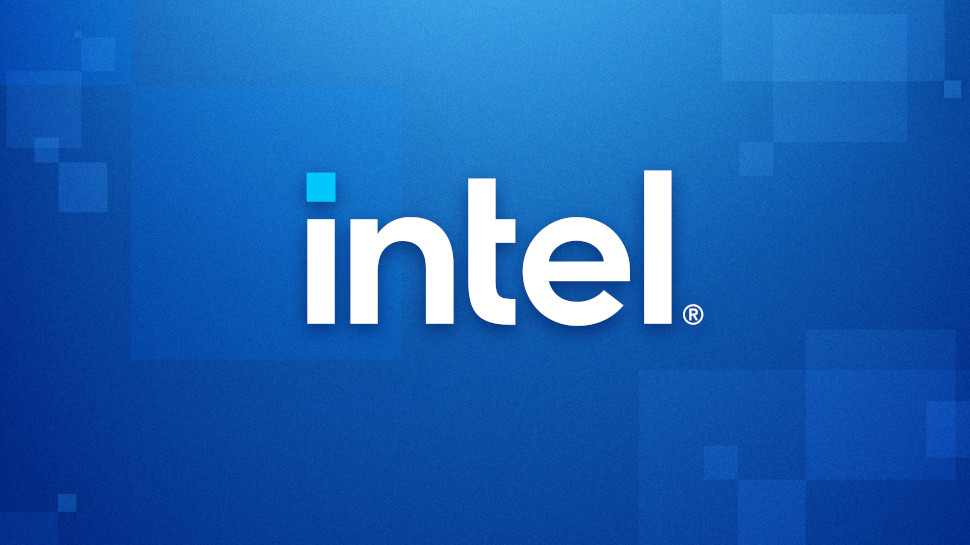Here’s how Intel plans to snatch back control of the chip market
Intel says it will propel Moore’s Law beyond 2025

Intel has published information about its latest research and development activity, which the company hopes will drive its quest to return to the bleeding edge of the semiconductor industry.
At the annual IEDM semiconductor conference in San Francisco, the Intel Components Research Group presented papers that describe techniques to help further shrink the size of chips and improve compute performance.
The new developments, says Intel, will propel Moore’s Law (a prediction made in 1965 that the number of transistors on a chip will double every year, and the cost per unit halve) beyond 2025. A number of pundits, including Nvidia chief Jensen Huang, have previously said that Moore’s Law is already dead.
“At Intel, the research and innovation necessary for Moore’s Law never stops,” wrote Robert Chau, Senior Fellow and GM of Components Research at Intel, in a blog post.
“Our Components Research Group is sharing key research breakthroughs in bringing revolutionary process and packaging technologies to meet the insatiable demand for powerful computing that our industry and society depends on.”
The quest to revive Intel
In recent years, delays in shifting to the latest manufacturing technologies have seen Intel slip behind its rivals in the semiconductor fabrication industry, such as TSMC and Samsung.
The company has also lost high-profile customers like Apple, which recently ditched Intel processors in favor of its own M1 line of chips, designed in-house and manufactured by TSMC. The latest range of M1-powered Macs have been a roaring success by all counts.
Are you a pro? Subscribe to our newsletter
Sign up to the TechRadar Pro newsletter to get all the top news, opinion, features and guidance your business needs to succeed!
In July, however, Intel CEO Pat Gelsinger laid out plans to eliminate the gap between his company and the market leaders by 2025. And now we have a clearer understanding of the technologies Intel will use in a bid to achieve this goal.
Specifically, Intel will deploy an advanced packaging technique (called Foveros Direct) that could allow for a more than 10x improvement in interconnect density, as well as a technique for stacking transistors in a 3D orientation that’s expected to yield a 30-50% increase in density.
The company is also exploring the potential of GaN-based power switches for more efficient power delivery, and a new type of transistor based on switching nanoscale magnets, among other opportunities.
“This is the result of our best scientists’ and engineers’ tireless work,” said Chau, describing the findings presented at IEDM 2021. “They continue to be at the forefront of innovations for continuing Moore’s Law.”
- Also check out our lists of the best business computers, best business laptops and best mobile workstations

Joel Khalili is the News and Features Editor at TechRadar Pro, covering cybersecurity, data privacy, cloud, AI, blockchain, internet infrastructure, 5G, data storage and computing. He's responsible for curating our news content, as well as commissioning and producing features on the technologies that are transforming the way the world does business.